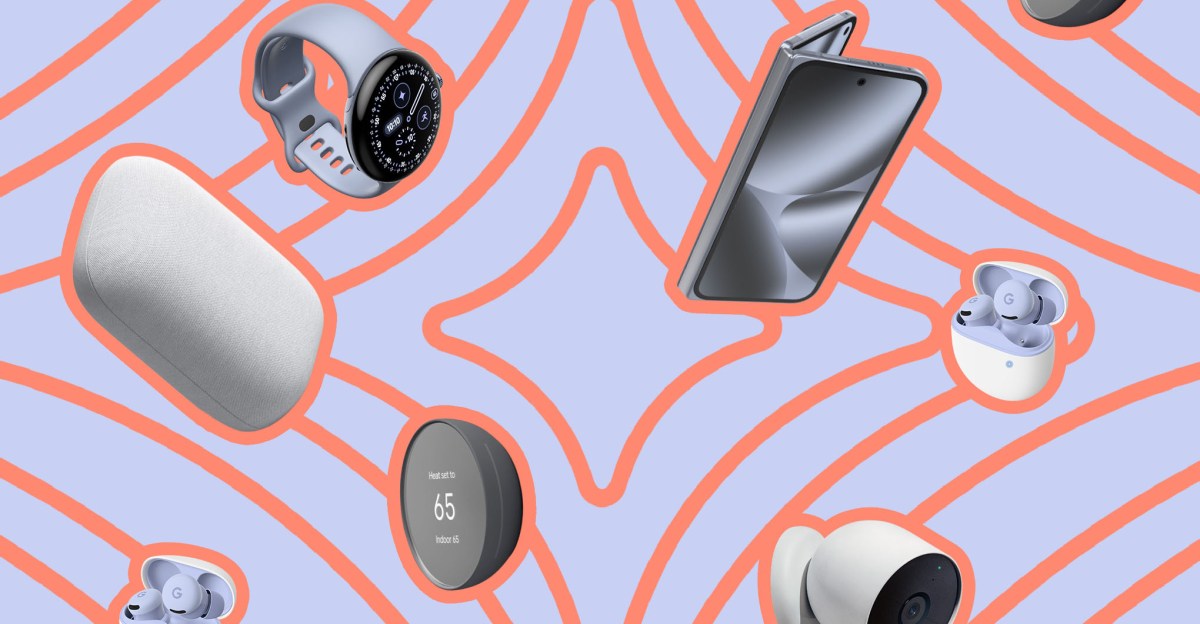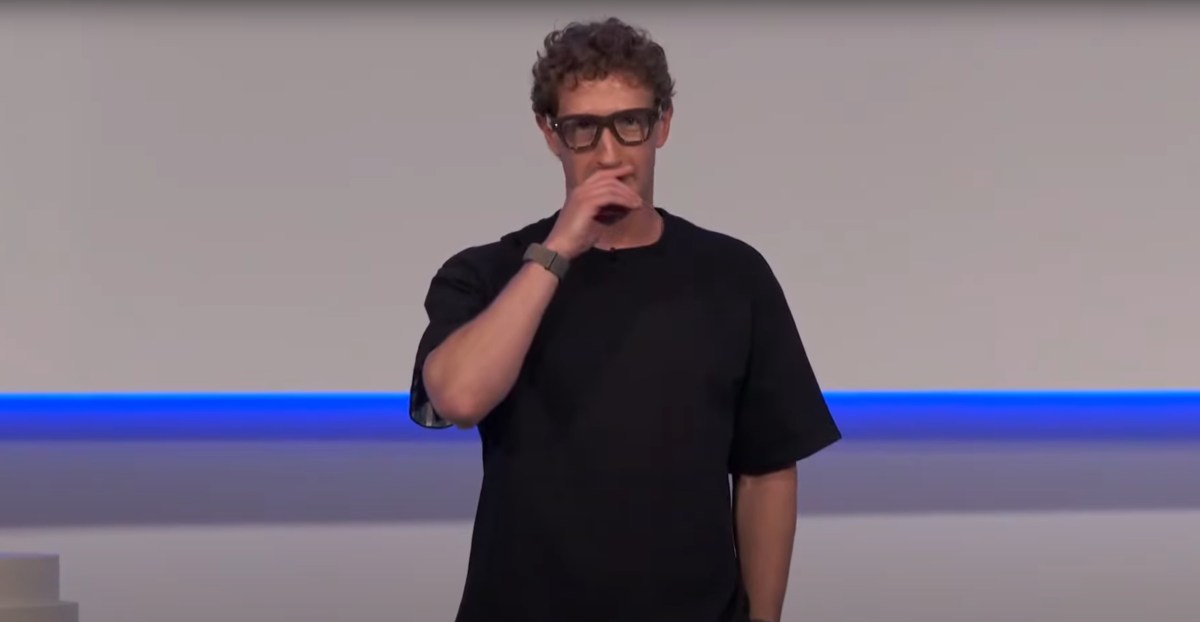
The future of AI hardware isn’t one device — it’s an entire ecosystem
Sources: https://www.theverge.com/report/767765/ai-hardware-google-pixel-gemini-wearables-ambient-computing, The Verge AI
TL;DR
- Google envisions AI hardware as a diverse ecosystem of wearables and accessories, not a single device.
- Gemini could act as glue to connect devices, with ambient computing making technology fade into the background.
- The form factor landscape will proliferate; no one device will dominate, according to Google executives.
- Wearables’ on-body presence underpins AI access, as smartphones age and upgrade cycles slow.
- The industry is in a “spaghetti stage” for AI hardware, with experimentation and interoperability emphasized over a single winner.
Context and background
At a Made by Google event in Brooklyn Navy Yard, Google showcased multiple devices — four phones, a smartwatch, and a pair of earbuds — underscoring a broader AI-sphere strategy rather than a single “one gadget” future. The shift described by Google executives frames wearables as central to AI-enabled lives, with ambient computing as the guiding principle. Sandeep Waraich, Google’s product lead for Pixel wearables, emphasized that wearables moved from “gather data” to delivering continuous, personalized insights as data grows more nuanced and individualized. This context highlights why wearables can feel like the keystone for a broader AI ecosystem. Wearables are repeatedly described as the one device in our computing lifetimes guaranteed to stay on the body. This on-body presence is viewed as essential for delivering highly personalized, always-on AI assistance. The discussion also notes that AI hardware is in a nascent, exploratory phase where many ideas will be tested before determining what actually sticks. The notion of a common language across devices is central to the ambient computing vision, where devices speak to one another to deliver seamless experiences. Google’s leadership has framed the approach as open-ended and experimental. Rishi Chandra, Google’s VP of Fitbit and Health, cautioned that there’s no firm conviction yet about which form factors will win. “There’s no doubt in my mind, there’s going to be new form factors that will exist. But I think it’s too early to have conviction. What’s interesting is the AI is moving so fast that any point of view you have on the hardware could change very quickly.” The company’s stance is to maximize the devices users already own and to pursue a broad ecosystem rather than a single “must-have” gadget. The broader ambient computing vision positions the technology as a background enabler that anticipates needs across contexts. The Verge article provides these insights and framing for the ongoing hardware conversation. The Verge.
What’s new
Google’s framing of the future underscores a departure from a single-dominant device toward a heterogeneous set of accessories. The idea is that Gemini could operate across phones, watches, earbuds, glasses, and other future hardware to create a cohesive AI experience. As Waraich notes, wearables are the only device guaranteed to be on the body, making them an attractive anchor for continuous AI insights and proactive assistance. Google’s leadership stresses that the AI landscape is evolving so quickly that rigid predictions about hardware form factors are premature; any fixed point of view may become obsolete as capabilities advance. The organization emphasizes openness to experimentation and a strategy built around maximizing compatibility across devices so that the user experience remains seamless regardless of the hardware mix. Ambition for ambient computing remains central: devices should fade into the background and anticipate user needs without friction. The Verge. In practice, the company has started to lay groundwork with projects like Android XR, its nascent platform for smart glasses, signaling a path toward a multimodal, interconnected hardware environment. The sentiment from Google’s product leaders suggests that Gemini could serve as the glue that ties a diverse set of devices together, so that the presence of multiple gadgets doesn’t fragment the user experience. The Pixel 10 and Pixel Watch 4, described as opinionated devices in a landscape of iterative upgrades, reflect the broader push toward a more opinionated, ecosystem-wide AI strategy. This perspective is reinforced by observations about growing interest in wearables such as smart rings and the ongoing success of smart glasses from competitors, all pointing toward a broader trend in which AI wearables become a key route for ambient intelligence. The Verge.
Why it matters (impact for developers/enterprises)
For developers and enterprises, the emphasis on a diverse accessory ecosystem signals a shift toward cross-device AI experiences rather than isolated, single-device applications. If Gemini becomes the connective tissue across phones, watches, earbuds, glasses, and future wearables, building interoperable AI services and APIs becomes essential. This environment would reward developers who design modular features and multimodal interactions that function across device types, leveraging ambient computing capabilities to deliver proactive assistance without requiring user-initiated actions on every device. In effect, the landscape could reward those who can architect seamless, context-aware experiences that span multiple form factors. From an enterprise perspective, the ambient computing model raises opportunities for smarter, more context-aware solutions — for example, environments that adapt as a user moves between rooms or devices, with AI-informed decisions delivered through the most appropriate device at any moment. The idea of maximizing existing devices rather than pushing a single new gadget could influence purchasing, deployment, and integration strategies for businesses adopting AI-enabled hardware ecosystems.
Technical details or Implementation
Google frames Android XR as an example of how the hardware platform strategy can support a broader ecosystem of wearables and smart glasses. The emphasis on maximizing devices users already own suggests that Gemini would need to operate coherently across smartphones, watches, earbuds, and future wearables, providing unified AI experiences rather than device-specific capabilities. The concept of ambient computing described by Google envisions devices that “fade into the background, autonomously and proactively answering your every need,” illustrating a priority on seamless inter-device coordination. The conversation also situates wearables as the anchor of AI hardware because of their persistent, on-body presence, which is viewed as critical to delivering continuous, personalized AI insights. The ongoing exploration of form factors, including wearables and smart glasses, reflects a strategy of experimentation, openness to new device types, and a belief that form factors beyond the phone will become central to AI-enabled life.
Key takeaways
- AI hardware is likely to shift from a single device to a diversified ecosystem of wearables and accessories.
- Gemini may function as the glue linking devices to deliver cohesive AI experiences across form factors.
- Ambient computing envisions devices that autonomously respond to user needs in the background.
- There will be ongoing experimentation with form factors; no one device is guaranteed to dominate.
- Wearables, especially due to their on-body presence, are seen as a crucial anchor for continuous AI interactions.
FAQ
-
What is the core idea about the future of AI hardware?
It is expected to be a diverse ecosystem of accessories rather than a single dominant device, with AI integrated across phones, wearables, and other devices. [The Verge](https://www.theverge.com/report/767765/ai-hardware-google-pixel-gemini-wearables-ambient-computing).
-
How does Gemini fit into this vision?
Gemini could act as the glue connecting multiple devices, enabling a cohesive AI experience across a varied hardware lineup. [The Verge](https://www.theverge.com/report/767765/ai-hardware-google-pixel-gemini-wearables-ambient-computing).
-
What is ambient computing in this context?
world where devices fade into the background, autonomously and proactively answering user needs. [The Verge](https://www.theverge.com/report/767765/ai-hardware-google-pixel-gemini-wearables-ambient-computing).
-
Why the emphasis on wearables?
Wearables are described as the only device guaranteed on the body, making them central to continuous AI access and personalized insights. [The Verge](https://www.theverge.com/report/767765/ai-hardware-google-pixel-gemini-wearables-ambient-computing).
References
More news
First look at the Google Home app powered by Gemini
The Verge reports Google is updating the Google Home app to bring Gemini features, including an Ask Home search bar, a redesigned UI, and Gemini-driven controls for the home.
Meta’s failed Live AI smart glasses demos had nothing to do with Wi‑Fi, CTO explains
Meta’s live demos of Ray-Ban smart glasses with Live AI faced embarrassing failures. CTO Andrew Bosworth explains the causes, including self-inflicted traffic and a rare video-call bug, and notes the bug is fixed.
OpenAI reportedly developing smart speaker, glasses, voice recorder, and pin with Jony Ive
OpenAI is reportedly exploring a family of AI devices with Apple's former design chief Jony Ive, including a screen-free smart speaker, smart glasses, a voice recorder, and a wearable pin, with release targeted for late 2026 or early 2027. The Information cites sources with direct knowledge.
Shadow Leak shows how ChatGPT agents can exfiltrate Gmail data via prompt injection
Security researchers demonstrated a prompt-injection attack called Shadow Leak that leveraged ChatGPT’s Deep Research to covertly extract data from a Gmail inbox. OpenAI patched the flaw; the case highlights risks of agentic AI.
How chatbots and their makers are enabling AI psychosis
Explores AI psychosis, teen safety, and legal concerns as chatbots proliferate, based on Kashmir Hill's reporting for The Verge.
Google expands Gemini in Chrome with cross-platform rollout and no membership fee
Gemini AI in Chrome gains access to tabs, history, and Google properties, rolling out to Mac and Windows in the US without a fee, and enabling task automation and Workspace integrations.





